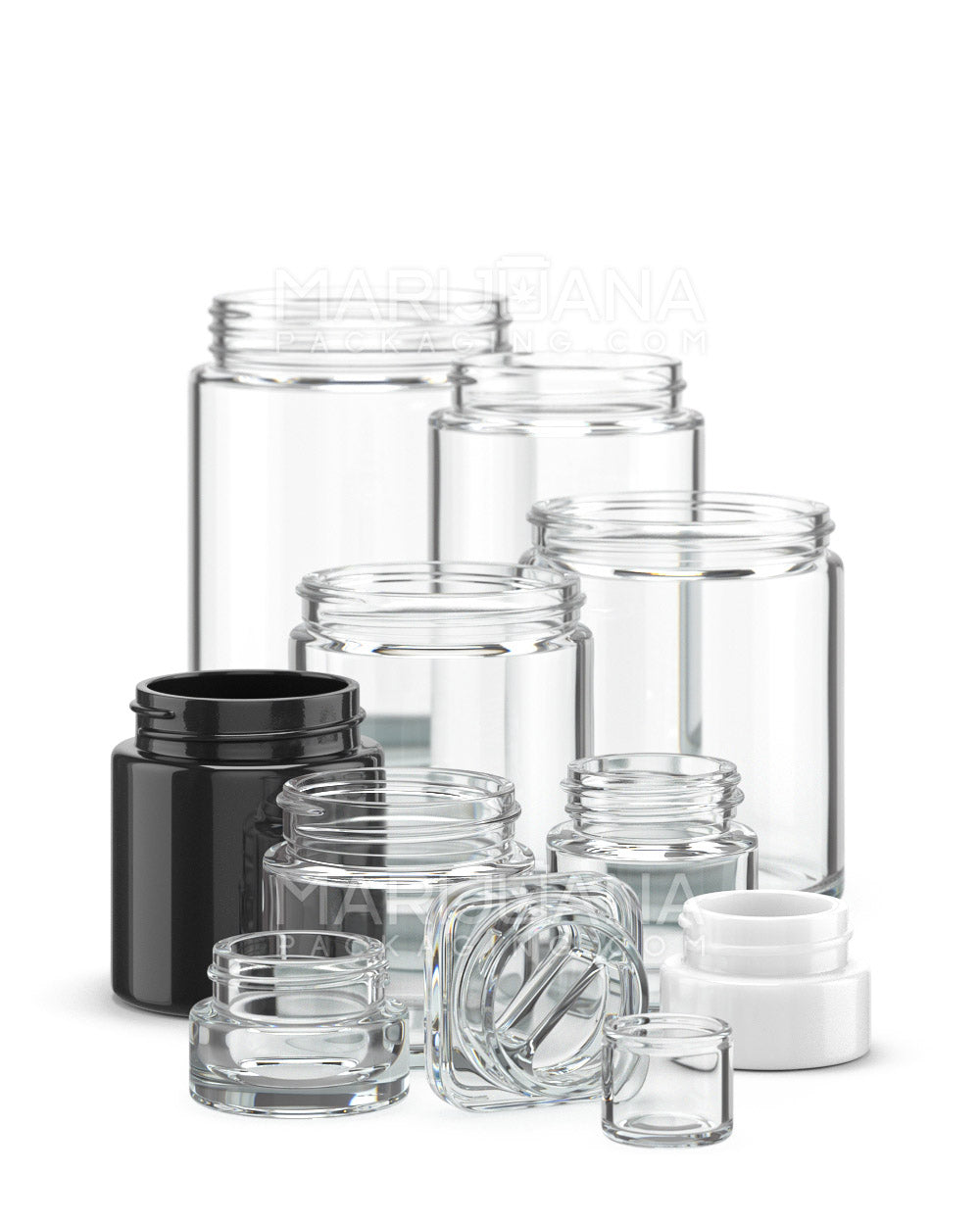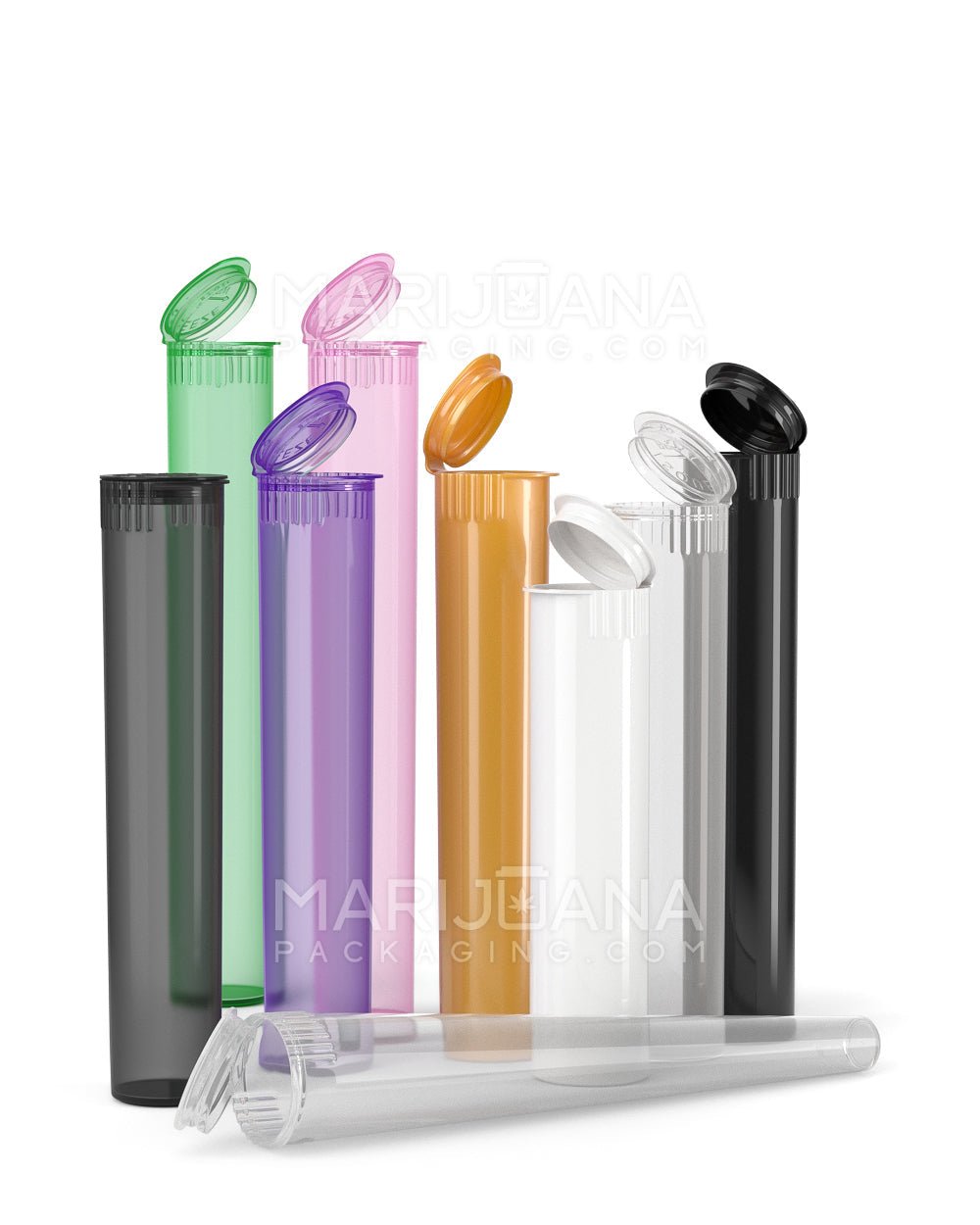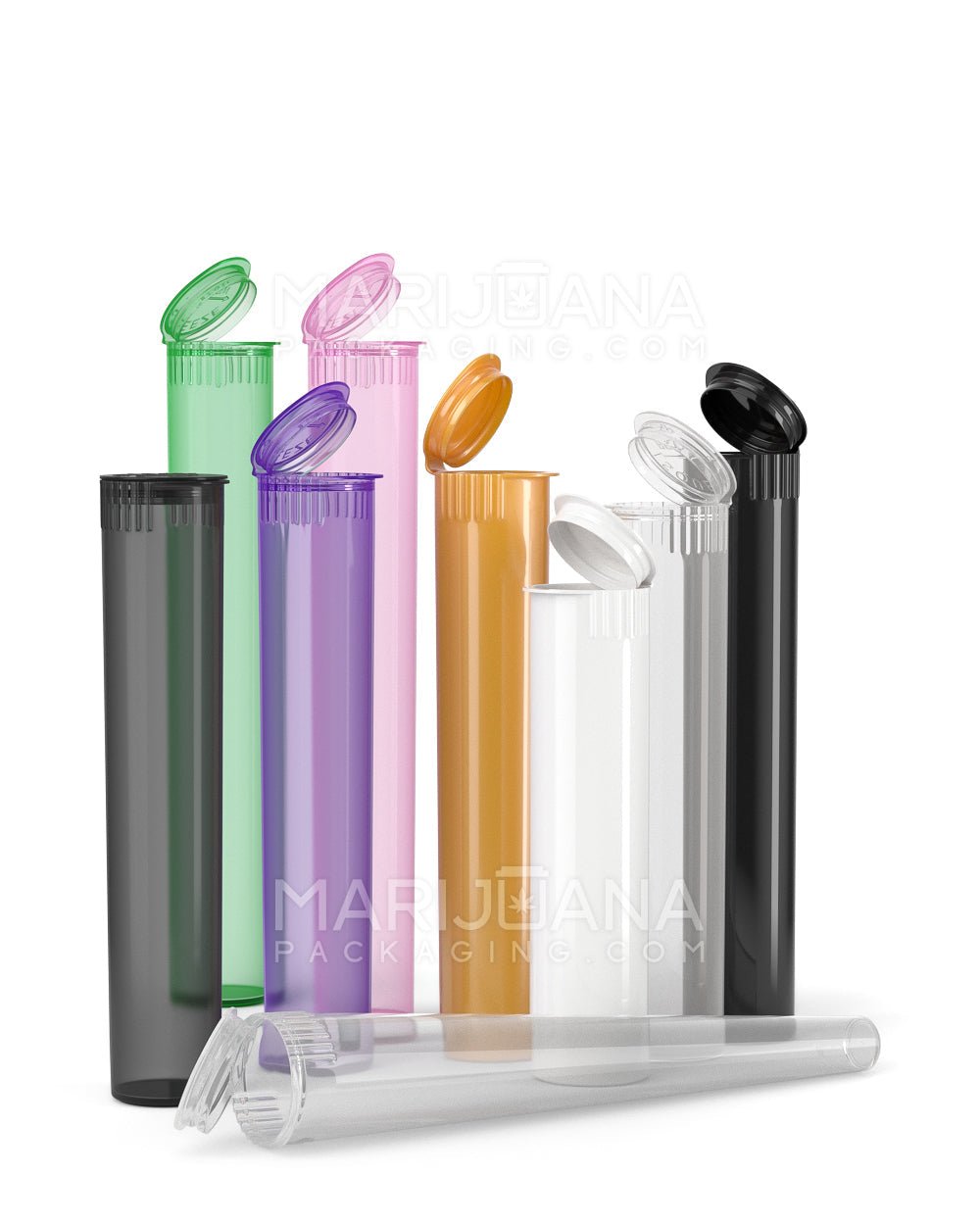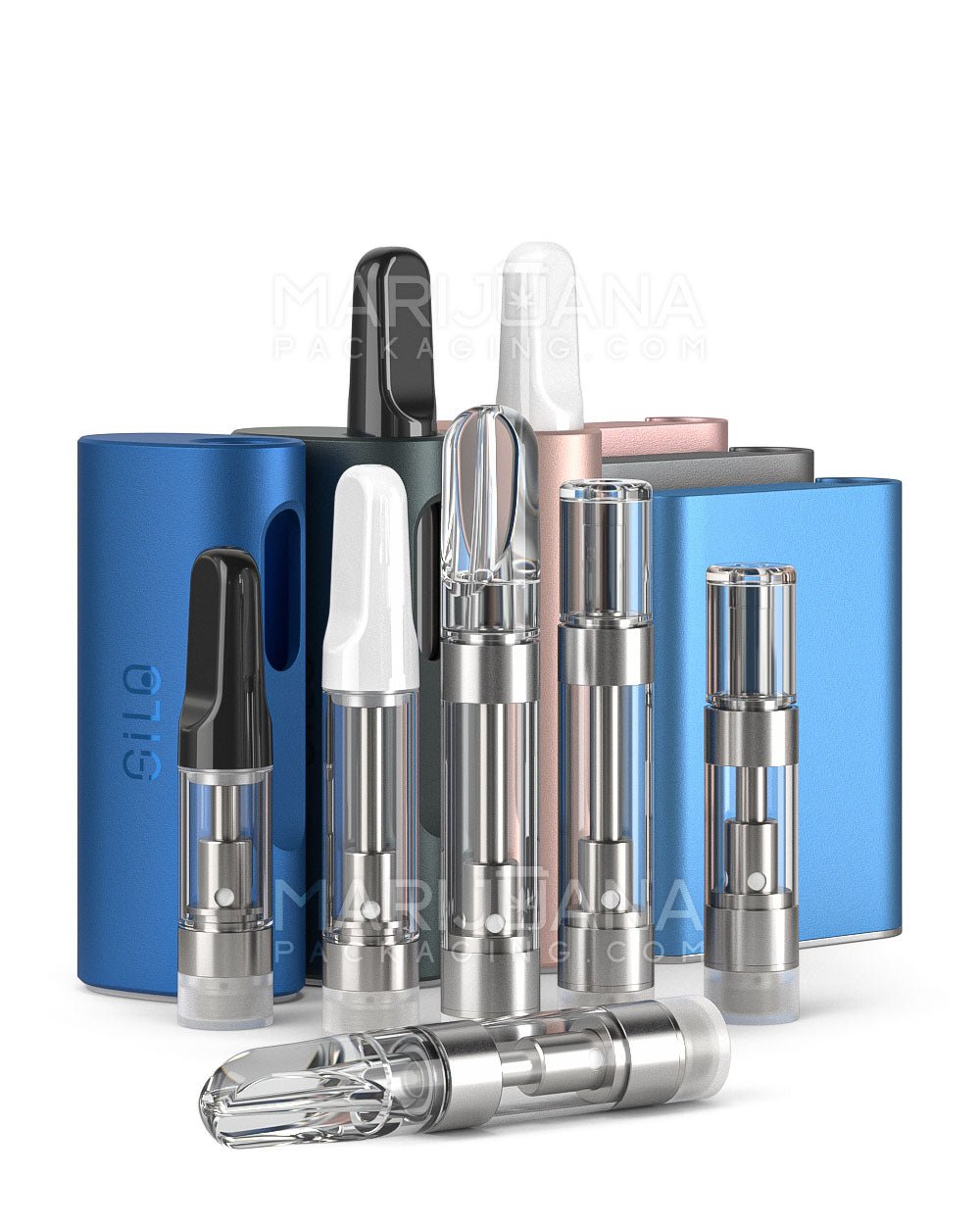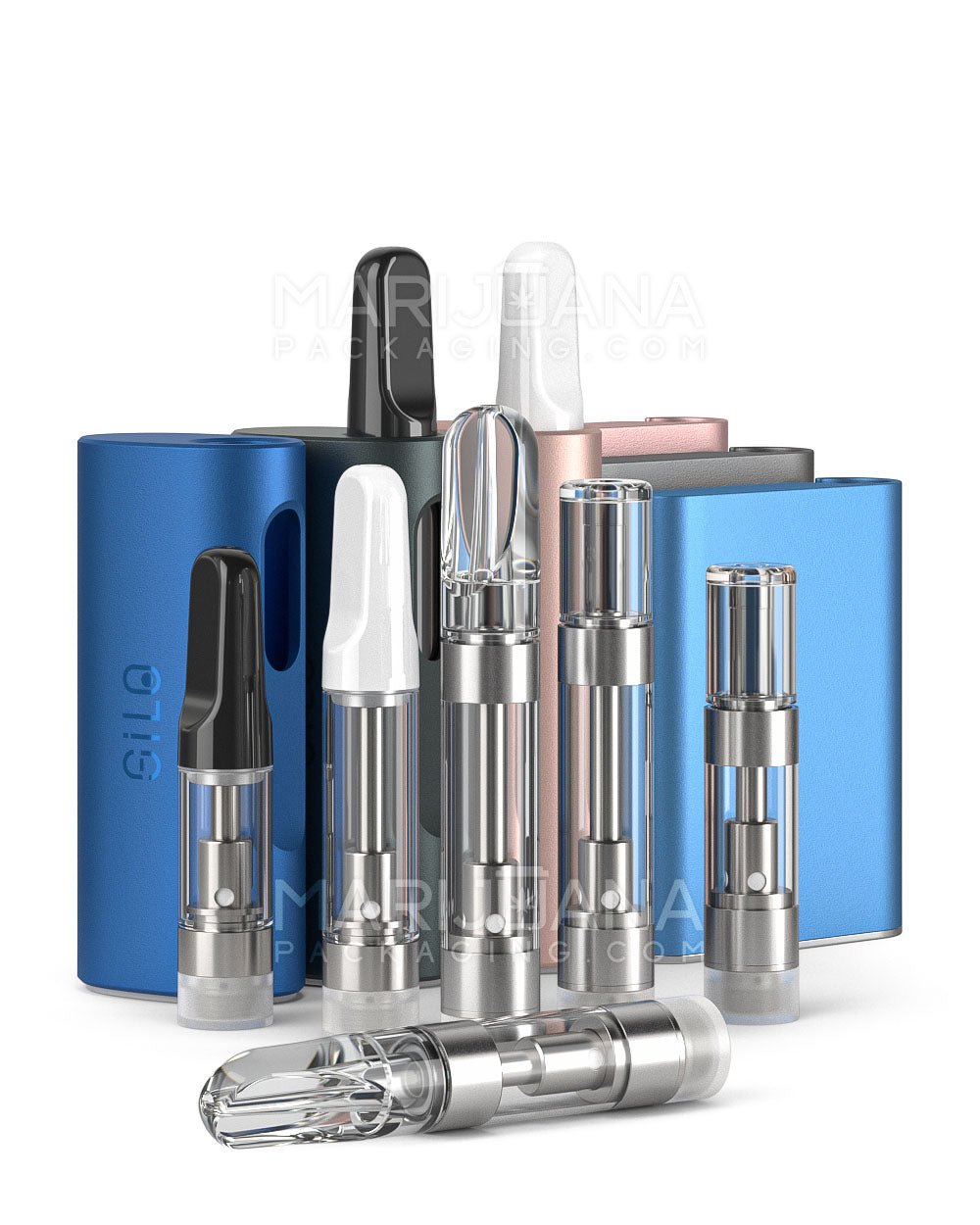When it comes to purchasing cannabis, understanding how much you're paying and what you're getting is key. One question that often pops up is, "How much does a pound of weed cost at a dispensary?" The answer isn’t as straightforward as one might hope, given the myriad of factors that influence the price.
In this post, we'll break down the different aspects that affect the cost of a pound of cannabis, from location and quality to taxes and production methods. Whether you're a dispensary owner or just curious, you'll get a clearer picture of what goes into the pricing of cannabis.
Factors That Influence the Price of Cannabis
First off, it's important to understand that the price of cannabis can vary significantly. Here are some key factors that play a role:
- Location: Where you buy your cannabis can greatly affect its price. States with a long history of legalization, like Colorado and Oregon, tend to have lower prices due to competition and established infrastructure.
- Quality: Just like with any other product, quality affects price. High-quality cannabis strains that are potent and free of contaminants will cost more.
- Production Costs: How the cannabis is grown—indoor versus outdoor, organic practices, etc.—will also impact its price.
- Taxes: Each state has different tax rates for cannabis, which can significantly add to the final cost.
These factors combine in various ways to determine how much you'll end up paying per pound, making it difficult to pin down an exact number without more context.
Typical Price Ranges by State
To give you a better idea of what you might expect, let's take a look at some typical price ranges for a pound of cannabis in different states:
- California: Known for its high taxes and quality cannabis, a pound can range from $1,500 to $3,000.
- Colorado: With a well-established market, prices can be as low as $1,000 to $2,000 a pound.
- Oregon: Thanks to low taxes and an abundance of supply, prices often hover around $1,000 to $1,800.
- New York: A newer market with high demand, prices can go from $2,500 to $4,000.
These are just rough estimates and can fluctuate based on the factors mentioned earlier.
Indoor vs. Outdoor Grown Cannabis
One of the biggest influences on cannabis price is whether it's grown indoors or outdoors. Each method has its pros and cons:
- Indoor Grown: Typically more expensive due to higher production costs. Indoor cannabis often has higher potency and better quality control.
- Outdoor Grown: Generally cheaper to produce, leading to lower prices. However, the quality can vary more due to environmental factors.
Many consumers prefer indoor-grown cannabis for its consistency and potency, while others opt for outdoor-grown for its affordability and natural growing conditions.
Impact of Cannabis Strains on Pricing
The type of strain can also affect the price. Popular strains with high demand often command higher prices. Here’s what to consider:
- Rarity: Unique or rare strains will cost more due to their limited availability.
- Potency: Strains with high THC levels are usually priced higher.
- Popularity: Strains that are trending or have a strong reputation will likely be more expensive.
It's always wise to balance what you're willing to pay with the quality and effects you're seeking from your cannabis.
Understanding Taxes and Fees
Taxes can be a significant portion of the cost when purchasing cannabis from a dispensary. Here’s how they work:
- State Taxes: Each state sets its own tax rates, which can range from a few percent to over 30%.
- Local Taxes: Cities and counties can also impose their own taxes, adding to the overall cost.
- Excise Taxes: Some states have additional excise taxes specifically for cannabis, further affecting the price.
Being aware of these taxes can help you make more informed decisions when purchasing cannabis.
How Dispensaries Set Their Prices
Dispensaries have their own methods for setting prices, which can include:
- Vendor Pricing: The cost at which dispensaries acquire cannabis can vary, affecting their pricing strategy.
- Market Demand: High demand can allow dispensaries to charge more for popular products.
- Operational Costs: Rent, utilities, and employee wages all factor into how a dispensary prices its products.
Each dispensary may also offer discounts or loyalty programs, which can affect the final price you pay.
Buying in Bulk: Is It Cheaper?
Buying cannabis in bulk can lead to savings, but it’s not always straightforward. Here's why:
- Discounts: Many dispensaries offer lower per-pound prices when you buy in bulk.
- Legal Limits: Be aware of state laws regarding the maximum amount you can purchase and possess.
- Storage: Consider how you’ll store large quantities to maintain freshness and potency.
While buying in bulk can offer savings, it also requires careful planning and consideration.
Legal Considerations and Compliance
Before making a purchase, it’s important to understand the legal landscape:
- State Laws: Each state has its own regulations for buying and possessing cannabis.
- Age Restrictions: You must be of legal age, usually 21 or older, to purchase cannabis.
- Possession Limits: Be aware of how much cannabis you can legally possess at any given time.
Staying informed about these regulations ensures that you remain compliant with the law.
Final Thoughts
In summary, the price of a pound of cannabis from a dispensary can vary widely based on factors like location, quality, taxes, and more. By understanding these elements, you can make more informed purchasing decisions and potentially save some money along the way.
Speaking of savings, if you're in the market for cannabis packaging, Gamut offers a wide range of options to meet your needs. From jars and bags to custom designs, Gamut can help make your brand stand out. Their full-scale packaging services are designed to be as comprehensive as possible, ensuring your products are presented in the best light.











